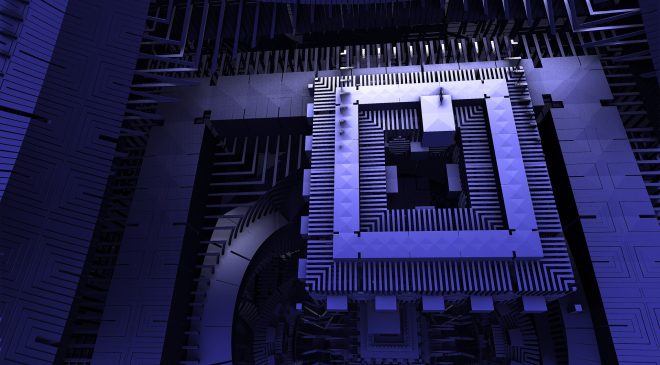
Strengthens nation’s economy with new supercomputer.
Hewlett Packard Enterprise has announced that it is building a new supercomputer for Thailand’s National Science and Technology Development Agency (NSTDA) that is 30X faster than its existing system.
The new supercomputer will be hosted in the NSTDA Supercomputer centre (ThaiSC), which is one Thailand’s leading national science and technology infrastructure (NSTI) centres within the NSTDA that delivers cutting-edge high-performance computing (HPC) resources for the national R&D’s efforts. The system will support all research communities in Thailand across public and private organizations.
NSTDA’s new supercomputer will be built using the HPE Cray EX system, an end-to-end, scalable high performance computing platform to deliver next-generation supercomputing capabilities to improve modelling, simulation, AI, and analytics. By harnessing new insights, scientists and engineers using the new supercomputer will advance research to innovate in key areas such as pharmaceuticals, weather forecasting and renewable energy to bolster Thailand’s economy and self-reliance.
New Supercomputer Fuels Innovation for Thailand to Increase Competition and Self-Reliance
NSTDA’s new supercomputer will support ongoing R&D in the following areas to strengthen a range of industries for Thailand, including:
- Boosting Thailand’s healthcare industry with advanced biopharmaceutical techniques – In an effort to support affordable healthcare and create new drug therapies that can be manufactured at scale, researchers use the power of supercomputing to focus on a range of drug design development for COVID-19. This process includes everything from modelling and simulating various biomolecular interactions with drug candidates to supporting the development, production, and quality control of biopharmaceuticals, biosimilars and vaccines.
- Increasing Thailand’s energy supply with renewable and sustainable sources – Thai researchers also turn to supercomputing to address sustainable energy solutions, which include analysing data to improve sourcing for renewable energy, such as with solar power, and energy storage, such as with batteries and accumulator. Researchers are also focused on alternative diesel fuels to improve ignition and combustion efficiency, while reducing pollutant emissions, using a diesel hydrotreating process.
- Creating real-time awareness of weather conditions by speeding up weather predictions – The supercomputer will allow researchers to speed up forecasting for various weather events such as air quality, flooding, earthquakes, and tsunamis. For example, Thai researchers can simulate data to forecast concentration of fine particulate matter (PM2.5), which is an air pollutant made up of tiny particles in the air that impacts visibility and causes haziness in the air. By generating timely and accurate PM2.5 forecasting to share with the public, local decision makers can help guide air quality control and management for safety and environmental sustainability.
Delivering an End-to-End Supercomputing Design to Tackle Next-Generation Applications
As part of NSTDA’s new system design, HPE will also feature 496 3rd Gen AMD EPYC processors to run modelling and simulation workloads at a faster rate, and 704 NVIDIA A100 Tensor Core GPUs to improve graphics in image-intensive data and accelerate AI in traditional HPC applications.
The new system will gain an additional boost of performance through HPE Slingshot, an Ethernet fabric purpose-built for next-generation supercomputing to address higher speed and congestion control for larger data-intensive and AI workloads.
To help store and share a higher volume of complex data, HPE will also integrate its Cray Clusterstor E1000 storage system for expanded storage and intelligent tiering capabilities. The combined advanced technologies will deliver 13 petaflops of peak performance.
NSTDA’s new supercomputer will be installed and operational in 2022.




